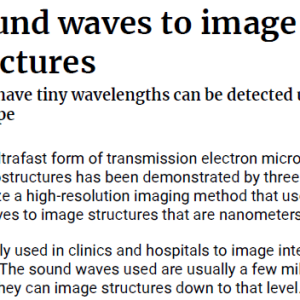
Interface-correlated deformation behavior of a stainless steel-Al–Mg 3-ply composite
₩4,000
We investigate the influence of post-rolling heat treatment on the microstructural evolution
and subsequentmechanical properties of a roll-bonded stainless steel (STS)-Al–Mg 3-ply clad
sheet. Intermetallic compound (IMC) phases, γ (Mg17Al12) andβ (Mg2Al3), were generated at the
interface between the constituent Mg and Al alloys. The thickness of the IMC layers increased
to more than 10 μm with increasing annealing time up to 3 h at 300 °C. Upon extending the
annealing time to 12 h, the β phase at the interface between Al andMg hardened significantly,
which was verified by investigating the local mechanical properties of the γ and β phases
using nanoindentation. Furthermore, the mechanical properties of the three constituent
alloys and the 3-ply clad sheets were systematically investigated by uniaxial tensile and
flexural bending tests. Taking both tensile strength and elongation into account, the 3-ply
sample annealed for 1 h at 300 °C exhibited acceptable overall mechanical properties. The
mechanism for retarding interfacial delamination in the direction perpendicular to the
transverse loading was also confirmed by observation from the side surfaces of the 3-pointbending-
tested specimens. Abrupt longitudinal crack propagation was observed within the
annealing-hardened β phase, followed by the generation of short lateral cracks in the bending
sample annealed for 3 h, indicating that the overannealing-induced brittleness of a specific
IMC phase at the interface may be detrimental to overall mechanical properties of the
roll-bonded 3-ply clad sheet adopted in this study.





상품평
아직 상품평이 없습니다.